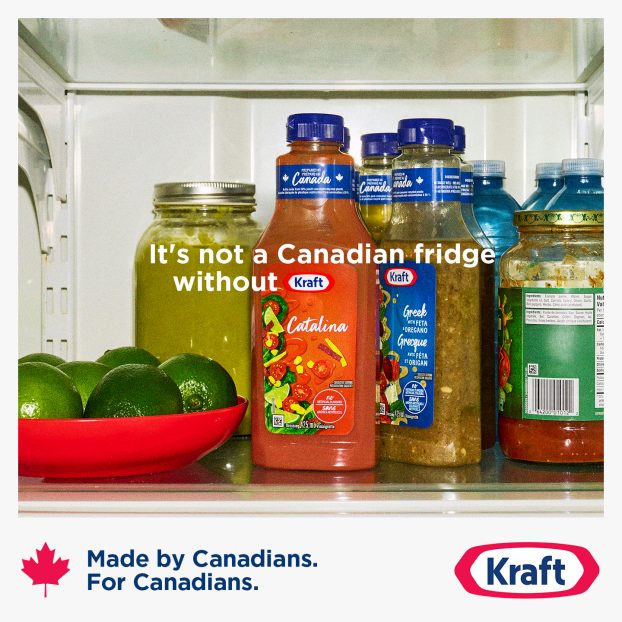A newly revised report on advertising rate structures says many newspapers are missing untapped revenue because their rate cards and pricing practices are out of date.
The report, ‘Re-Building Advertising Revenues with New Concepts in Rate Cards,’ is now in its third edition and offers new material on how newspapers can compete against other media.
Leonard Kubas, author of the report and director of The Newspaper Research Center, says that for too long ‘newspapers have been telling advertisers `you can’t get along without us.’ ‘
‘And that attitude has been reflected in rates that tend to maximize revenues to the newspaper, while seeming to do very little to satisfy the changing needs of the advertisers.’
Kubas says newspapers must show flexibility, adaptability and value to attract and keep advertisers in the ’90s.
The report says newspapers have neglected the concept of frequency in structuring their advertising rates. And most newspaper advertising in North America is sold primarily on reach, and, in many cases, on circulation only.
Moreover, the report continues, frequency has equal weight to reach (or coverage) in the grp equation.
It concludes traditional volume discounts, based on linage or space, do not provide sufficient incentive for advertisers to benefit from the additional exposures that increased frequency delivers.
The report contains recommendations to incorporate frequency into the rate structure.
It also recommends the industry introduces a discount structure based on total dollars spent with a particular newspaper, including display and classified space, color, positioning, flyer delivery, special creative and other services, rather than on the contract volume of rop lines only.
Newspapers and advertisers would both benefit if rates were unbundled – in other words, bill separately for space and detail any production or creative charges independently of space, says the report.
Elsewhere in the report, it is recommended newspaper prices provide incentives for increased frequency; the standard unit for pricing advertising be changed from the agate line or column inch to the full page and modular portions of the page; and once this is done, newspapers introduce the recognized magazine advertising pricing formula, which has higher relative costs per square inch or per square centimetre based on progressively smaller modular units.
The report costs US$495 and is available through The Newspaper Research Center in Toronto. DC























